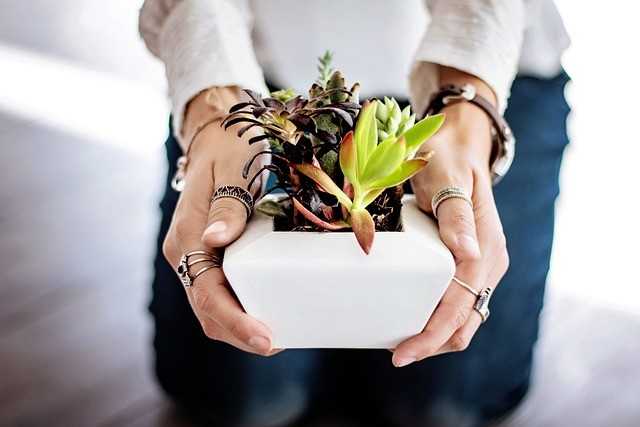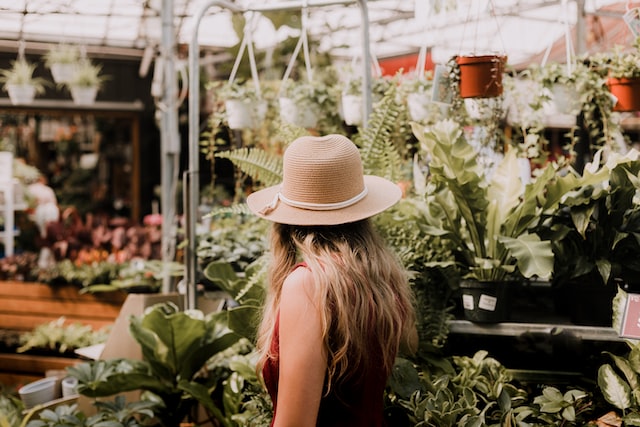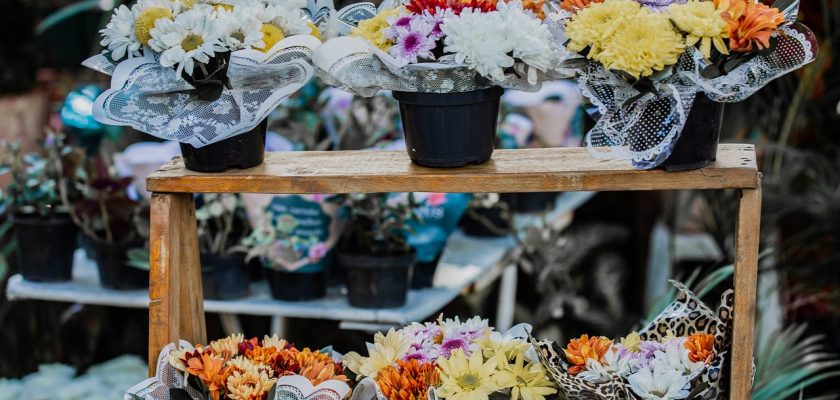If you’re a plant lover, you’ve probably considered purchasing your own plants at a nursery. This might be because you think that it’s an easy way to get a great selection of plants without the hassle of having to drive all over town. However, if you want to ensure that your new purchase will last, there are several important steps to take. One of these is to pack your plant well and avoid leaving it in a hot car.
Paint succulents and cacti
If you are considering purchasing painted succulents, you may want to think about whether this is a good idea. Aside from the fact that it might cause some damage to your plants, there are some other factors to consider.
First, if you are planning to paint a plant, you might want to find out if the paint you are using is the right type. Some brands contain latex, acrylic polymers, or water. The best way to determine if you are getting the right type is to look at the label.
Next, you will want to figure out what the paint is removing. There are several ways to do this. You might have to rely on a non-toxic solvent such as rubbing alcohol. Alternatively, you might be able to use olive oil and water.
You might also be able to get the paint off with a stiff eye make-up brush. Just be sure not to scrub the paint with your fingernails.
Painting succulents might sound like fun. It’s an easy way to decorate your home without having to actually take care of the plants. But if you aren’t careful, you could actually damage them.

Image by Dominic Alberts from Pixabay
While it is true that succulents are drought-tolerant, a cactus will still require water. Ideally, the soil should be dry before you start watering it.
Another thing to consider is how long it will take to remove the paint. Different types of paints will react differently with different types of soil. For instance, a latex paint might come off easily with water.
Avoid pesticides
If you are shopping for plants, you want to make sure you are not exposed to pesticides. Pesticides are poisons that can be harmful to both humans and animals. They are used for insect control and other threats.
When using pesticides, you should always read the label. It will tell you how to use the product and the recommended limits on its use. You should also wear personal protective equipment (PPE) when handling the product. PPE includes gloves, goggles, and a dust mist filter.
Some states require you to use more PPE than other states. The labels will specify the minimum required PPE.
If you’re not wearing PPE, you should wash any exposed skin with soap and water. You should also change into clean clothing. This helps to prevent pesticide residue from building up.
Many pesticides are sold through grocery stores, hardware retailers, and lawn and garden centers. If you are purchasing from a nursery, ask them if they use pesticides. Buying from a local grower is the best way to ensure you are not exposed to pesticides.
When you are preparing to apply a pesticide, you should wash your hands with hot water and soap. Washing your face with soap and water is also a good idea. Wearing gloves when handling pesticides is a common recommendation.
Avoid using pesticides in windy weather. It can cause the chemical to move off site.
Assess damage
One of the best ways to keep your plants happy is to give them a decent amount of water on a regular basis. The best part is that it doesn’t have to cost a fortune to do so, especially if you use a well suited watering system. Using a drip or a dripless drip system can cut down on the cost per drop and help save you money in the long run. It’s a good thing that there are many options available to consumers these days. As such, a good quality watering solution should be on the top of your list of priorities.

Photo by Priscilla Du Preez on Unsplash
Don’t leave your plant in a hot car
If you are going to be leaving your plant in a hot car, you need to take some precautions to keep it safe. You will need to take into account the temperature of the car and the type of plant you are transporting.
If you are driving during the summer months, you may want to consider taking a thermometer with you. The heat from your car can be trapped inside due to the greenhouse effect, and if you do not let it out, it can cause damage to your plant.
Also, if you are driving during the winter months, you may want to consider placing your plant in a box with a cloche, as it will provide good protection against the cold. You can also use dampened newspaper to keep your plants cool.
You can also pack your plant with extra paper bags, making sure to level them with the pot. Depending on the type of plant, you may need to pack it in a way that keeps the soil moist, which will help it survive the trip.
During a long trip, you should avoid direct sunlight, as well as air vents and doorways. This is because plants need a constant temperature. If you are parked in a garage, you should move your plant to a well-lit area.
When you have finished your trip, you can also use a humidifier to keep your plant humid. This will keep it from wilting and dryness.
Pack your plants well
Packing your plants well is the best way to ensure their health and longevity. There are several different methods for doing so. A good starting point is to visit your local nursery and ask for suggestions. This is especially true if you have a limited budget or are new to plant ownership.
The best way to pack your plants is to pack them in a sturdy box. In addition, make sure there is plenty of space for airflow and circulation. When packing your plants, be sure to label your boxes. Labeling your box appropriately can make all the difference in the world.
Another useful technique is to wrap the plants in bubble wrap or other similar materials. This will help ensure that the plants stay dry and keep their foliage protected from windy conditions. Be careful not to overpack the plants or your car. However, if you must, be sure to use a rubber band to affix the bag.
Finally, consider taking an inventory of your plants. Not only does this help you to keep track of what you have, it will also give you an idea of what you’ll need to purchase for the new place. For example, you might need to buy light sheets or plastic pots. And you’ll need to consider the cost of shipping plants to your new abode.
Keeping your plants healthy is one of the most important tasks a home owner can do. Whether you’re moving across town or across the country, be sure to take the necessary precautions to ensure your plants are not damaged.
